What do a mechanic, a cartoonist, and an oceanographer have in common?
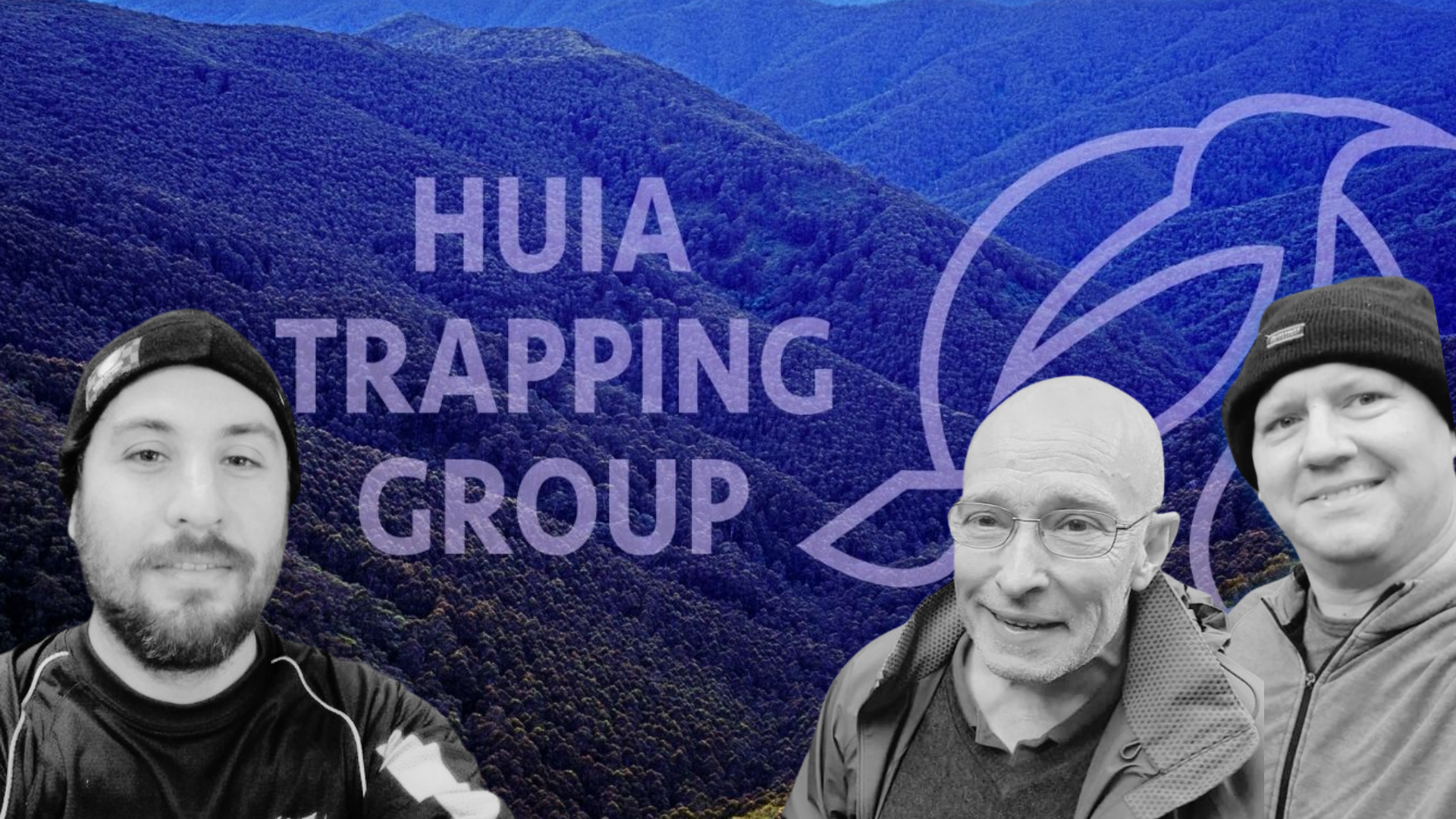
No, it’s not the start of a joke; instead, it’s the beginnings of a growing predator trapping community in the coastal settlement of Huia in Auckland’s rugged west.
This unlikely trio came together after a chance sighting of a social media post in 2018, sparking the formation of the aptly named Huia Trapping Group.
Until that point, mechanic Dave Minty had been flying solo. With some traps, bait stations, and a bit of research, he focused on what he could do on his property.
“When we moved into the Huia area, there were a lot of rats and possums,” Dave recalls.
“And when they start invading your property and get into your house, it becomes a little personal.”
Then, believe it or not, Facebook did what it was originally designed to do: it brought people together.
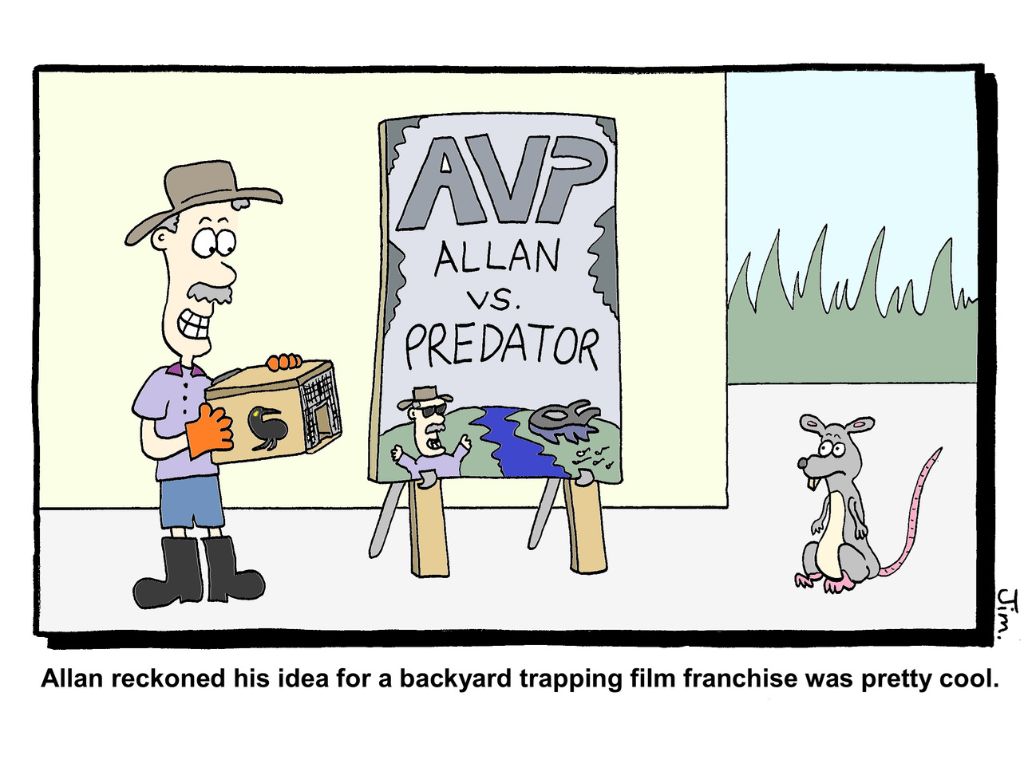
Dave’s wife, Charissa, stumbled on a post by two other local trappers looking for kindred spirits and encouraged her husband to get in contact.
From Facebook post to pest patrol
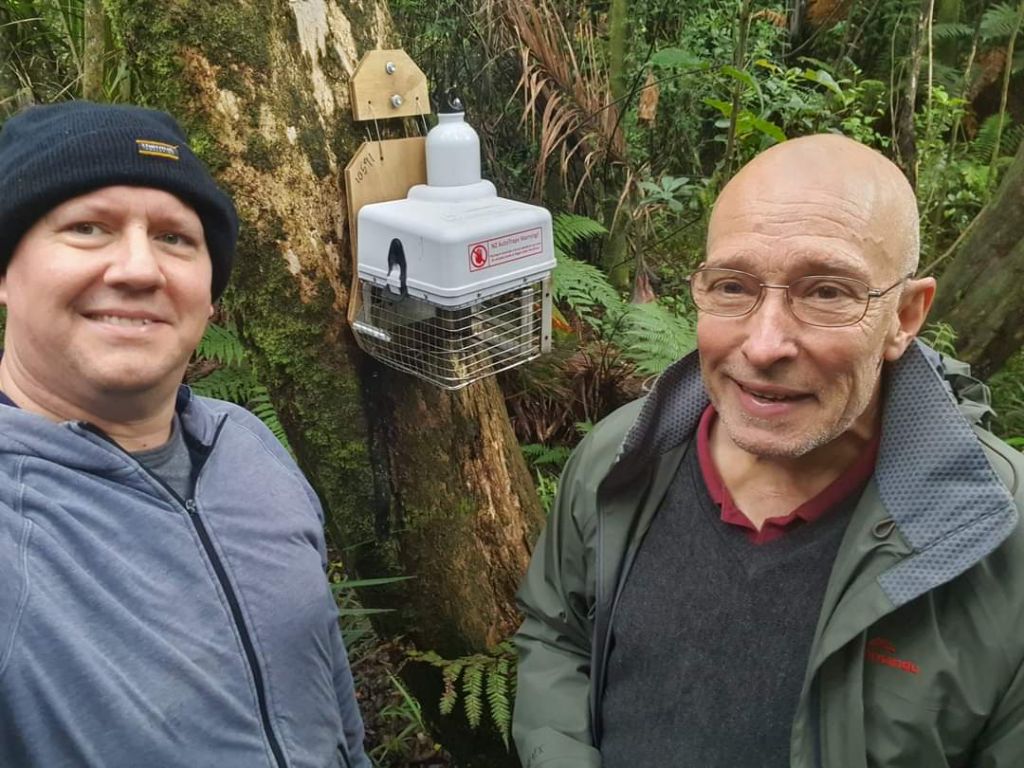
It started simply enough. Over a coffee, Dave first met oceanographer Sam McClatchie and later met cartoonist Brendan Boughen while placing traps and cameras on a neighbour’s forest section.
The trio continued to work in their own patches but kept in touch to share their experiences and ideas.
As time went on, and as happens in small communities, the trio talking with others and quickly found many like-minded people.
“It was nice to have a bunch of other people also interested in it, to be able to share successes or techniques, lend someone some gear, or borrow things,” Dave says.
The group now has around 26 active trappers with a host of supporters from every age and stage throughout the community. Members stay in touch through a Facebook and WhatsApp group where they share their wins, ask questions, and learn from each other.
One trap at a time
From children to high school students to those in their 80s, Dave says the locals believe in protecting their patch of paradise.
“We’ve got a seven-year-old up the road who’s very into his rat trapping. He’s got three or four rat traps off me and checks those every few days. He’s very proud of his work.”
And so far, the group’s efforts are working. At the start of May this year, the group had logged more than 3,400 predators trapped. Most have been ship rats, but it also includes Norway rats, possums, stoats, weasels, hedgehogs, and mice.
Dave believes the group’s diversity of backgrounds and interests helps each person approach trapping differently.
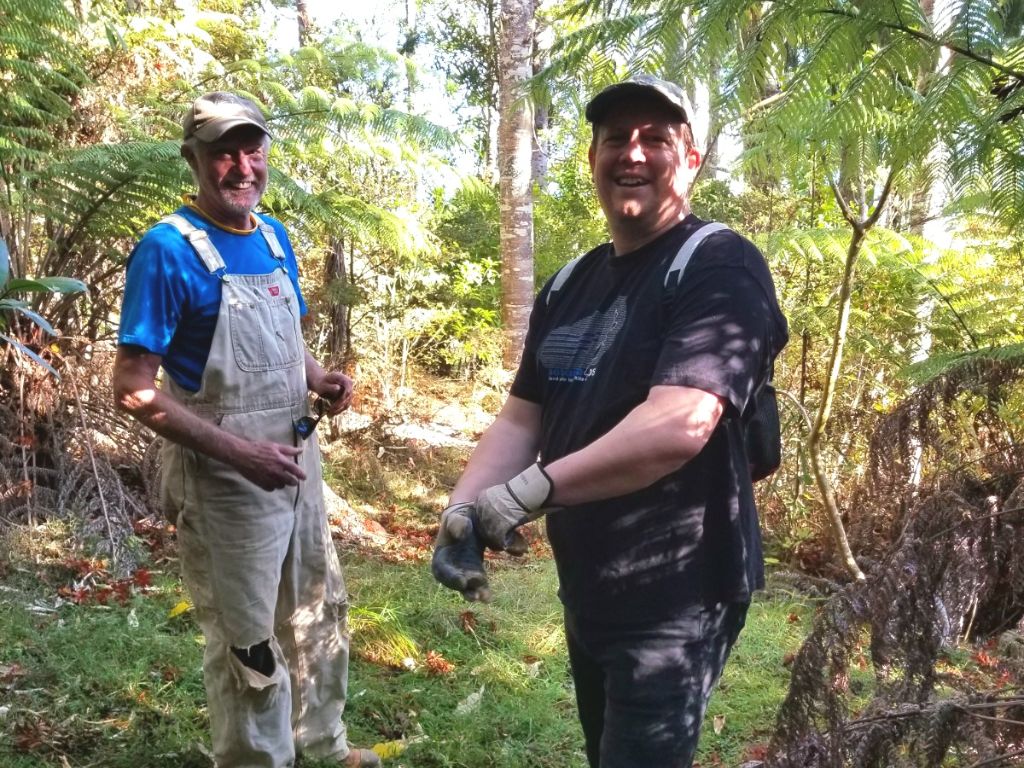
“Sam’s a good example with his science background. He used to do a lot of the Cacophony Project work, where he’d look at bird monitoring and try to line it up with some of our efforts. That led him to look into more efficient methods like automated traps and cameras.”
Others want to help but find it difficult due to family or other commitments.
Dave has two young children who help monitor one of his traps. He believes that there doesn’t need to be a barrier to playing a part in bringing down predator numbers.
“People always feel like they don’t have a lot of time, but if I can get them to have one trap in their backyard, that helps make a difference.”
The group’s vision is for every house in Huia to have a rat trap in its backyard.
To help achieve this, they survey the community about trapping activity, attend the annual Karamatura Farm Day, and recently started a free rat trap program for new members. A bit of funding from the Predator Free Communities Programme also helps.
The group also use grants to fund new initiatives like monitoring bird song, wasp control and expanding the variety of traps to deploy.
Dreaming of “the real New Zealand”
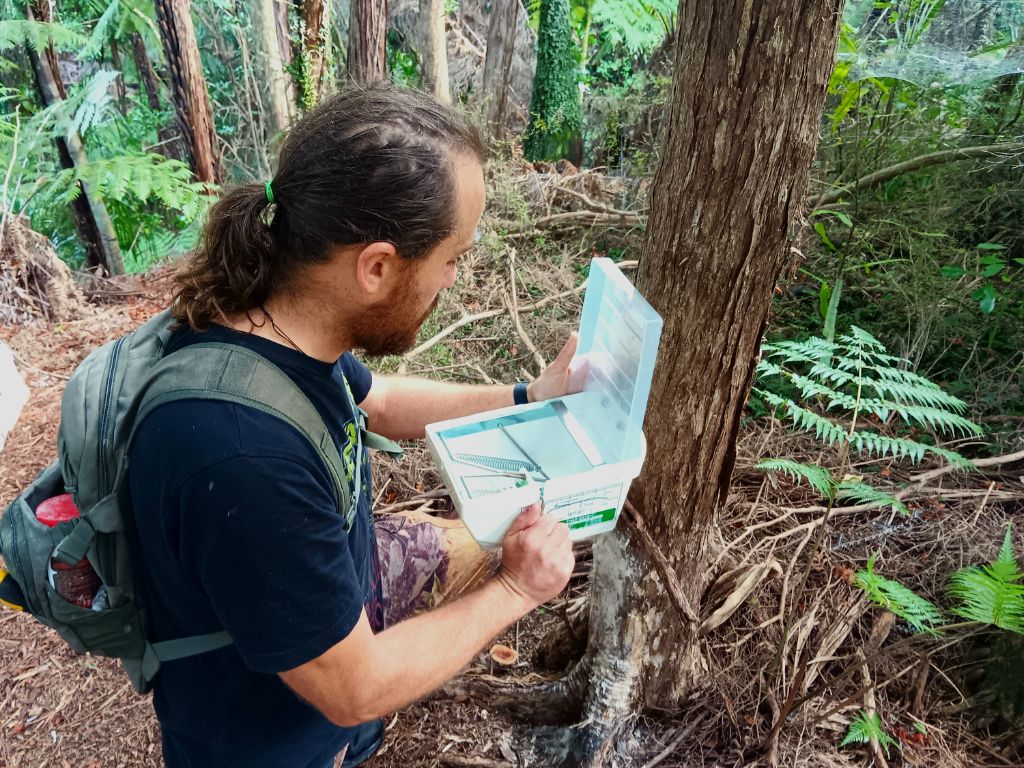
Dave’s interest in trapping began in 2017 when he got a glimpse of “real New Zealand” on a trip to Te Hauturu-o-Toi (Little Barrier Island) with his wife.
“I was blown away when I set foot on the island. The birds, lizards, trees, and plants were absolutely mind-blowing. Ever since, I’ve thought about how much I’d love the Waitakere Ranges to re-establish its native wildlife like that.
“That all starts with predator control and conservation.”
But while the Huia Trapping Group is making pest progress in their slice of the Waitakere Ranges, it’s one of a network of around 30 groups comprising around 4000 volunteers restoring biodiversity in the wider area.
As part of the Pest-Free Waitakere Ranges Alliance, the Huia Trapping Group provides information and data to support the alliance.
Dave believes Predator Free 2050 is a lofty aim but one that can be met through the power of people.
“I’d like to see as many people around involved in whatever capacity they can manage,” he says.
“I don’t see why it can’t happen.”

